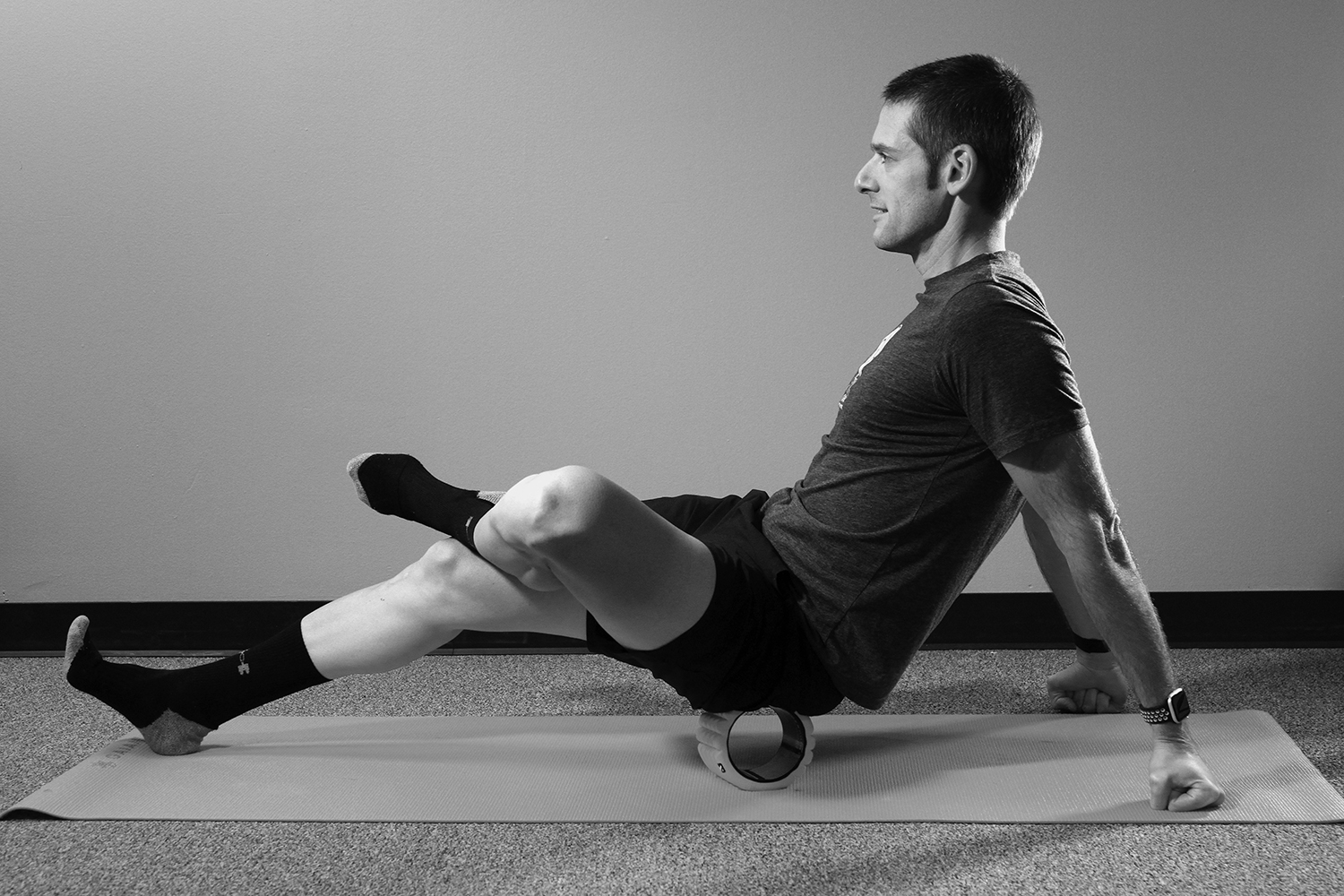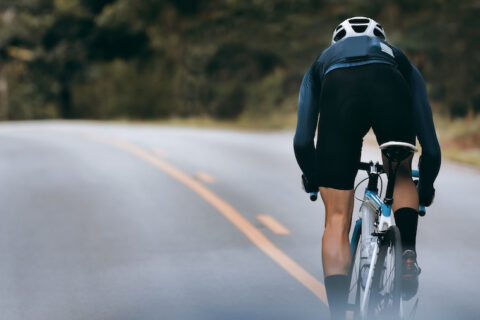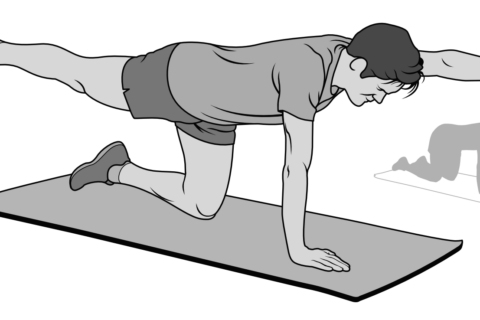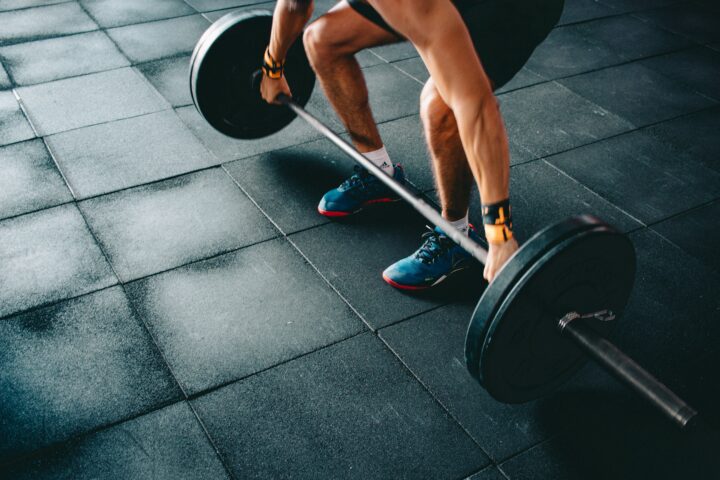Working on strength, stretching, and stability a few times a week will help keep knee pain away.
Working on strength, stretching, and stability a few times a week will help keep knee pain away.

Working on strength, stretching, and stability a few times a week will help keep knee pain away.

Working on strength, stretching, and stability a few times a week will help keep knee pain away.

Doing more sprint work and cadence drills on your rides could lead to substantial performance gains.

The importance of a strong core for athletic performance can’t be overstated. Trevor Connor details the various benefits of a strong core, and the disadvantages of a weak one.

Understanding when and how to introduce HIIT can make all the difference in an athlete’s ability to absorb training and optimize performance.

In part 3 of our series on movement literacy for cyclists, Dr. Stacey Brickson delves into stability and strength to make you a healthier cyclist.

Healthy knees are critical for cyclists. See how to keep your knees happy with bike fit, strength training, mobility, and expert advice from Dr. Andy Pruitt, Jess Elliott, and Menachem Brodie.